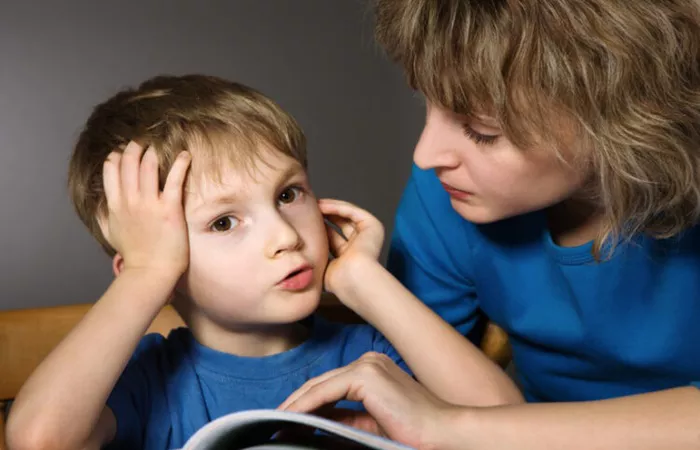Marisha Speights, an assistant professor at Northwestern University, is leading efforts to develop AI-powered clinical tools to improve childhood speech screening. She will present her research on Monday, May 19, at 8:20 a.m. CT during the joint 188th Meeting of the Acoustical Society of America and the 25th International Congress on Acoustics, held May 18–23.
Challenges in Building AI for Children’s Speech
AI tools for speech recognition have been used in healthcare for years, but most are built using adult speech. This makes them less accurate for diagnosing speech disorders in children, whose speech is more variable and acoustically distinct.
“There’s a common misconception that collecting speech from children is as easy as it is from adults,” said Speights. “But child speech is much more complex and requires a developmentally sensitive approach.”
One of the biggest challenges is the lack of large, high-quality datasets of children’s speech. These datasets are essential for training AI models but are difficult to create without automated tools — which themselves require large datasets to work effectively.
Building the Data Pipeline
To break this cycle, Speights and her team developed a data pipeline to process and prepare child speech recordings. They collected a diverse set of speech samples from children across the country, cleaned the audio, verified transcripts, and built software to support expert annotation.
“It’s a bit of a catch-22,” Speights explained. “We need automation to gather enough data, but we need that data to build the automation. Our pipeline helps solve that.”
The result is a high-quality dataset that can now be used to train AI systems designed specifically for child speech. These tools could help clinicians detect speech-language disorders earlier and more accurately.
Improving Access to Diagnosis and Care
The ultimate goal is to provide better diagnostic tools for speech-language pathologists, educators, and healthcare providers, especially in areas with limited access to specialists.
“AI-powered systems can help flag speech-language issues early, even in schools or clinics without a speech-language pathologist on staff,” said Speights.
By combining technology with expert input, the project aims to make speech disorder diagnosis faster, more accurate, and more accessible for all children.
Related topics:


